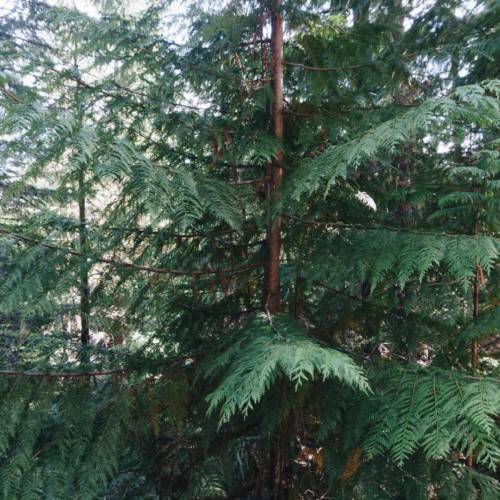
western red cedar
Thuja plicata 'Cuprea'
Cycle:
Perennial
Watering:
Average
Hardiness Zone:
5 - 7
Flowers:
Flowers
Sun:
Full sun Partial sun Shade
Soil:
Loamy Clay Humus Rocky
Fruits:
Fruits In Summer Ready In Fall
Leaf:
Yes
Growth Rate:
Moderate
Maintenance:
Moderate
Drought Tolerant:
Yes
Salt Tolerant:
Yes
Care Level:
Moderate
watering
Western red cedar (Thuja plicata 'Cuprea') should be watered deeply, but infrequently during warmer months. Water this plant species thoroughly once or twice a week. Allow the soil to dry out between waterings, as this plant species does not like to have consistently wet soil. Ensure the soil never completely dries out during summer – water on consecutive days if necessary. In the winter, water only when the soil is almost completely dry – no more than once a month.
sunlight
Western red cedar (Thuja plicata 'Cuprea') grows best when provided with full sun or partial shade. This evergreen conifer prefers full sun for at least 6 hours a day in the growing season. It is a good idea to keep its foliage out of the direct midday rays of the summer, as these may cause scorching of the leaves. Provide filtered sunlight, if possible, and avoid positioning the plants amid large deciduous trees, which may block out some of the necessary light.
pruning
Western red cedar should be pruned twice a year, in February and August. Start early in the season when possible, as this will give your cedar a chance to fill out the shape. Prune very lightly, making sure to only remove dead, damaged and crossing branch tips. Remove any outward-facing limbs for a compact, conical shape, as well as any branches that will damage nearby structures or interfere with other plants or utilities. Occasionally, more drastic pruning may be necessary to keep the tree within its desired size and shape.
